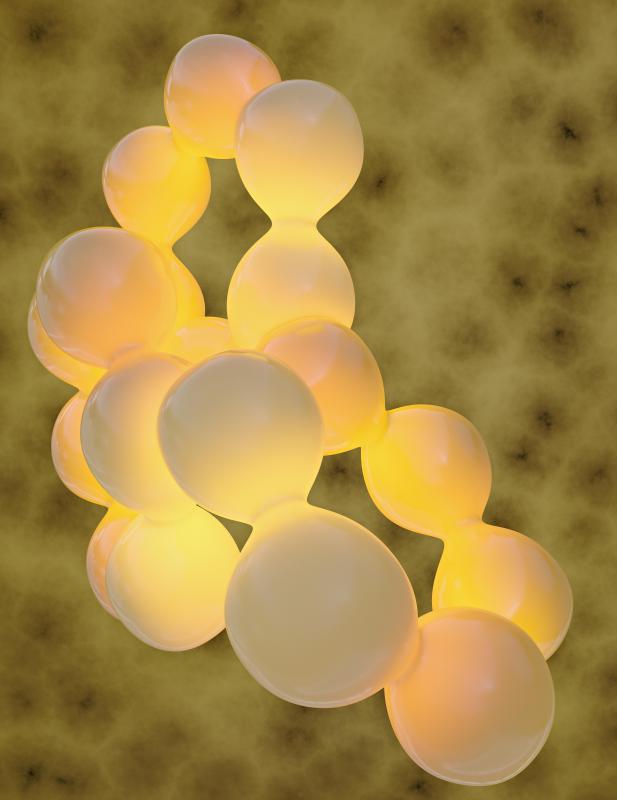At WiseGEEK, we're committed to delivering accurate, trustworthy information. Our expert-authored content is rigorously fact-checked and sourced from credible authorities. Discover how we uphold the highest standards in providing you with reliable knowledge.
What is a Fat Graft?
Cosmetic surgeons often use fat graft technology to move fat from one area of a patient's body to another. The fat used in fat grafting is often removed from the patient's own buttocks, thighs, or abdomen, and it can be used while still fresh, or frozen for use later. The fat graft procedure is usually done for cosmetic purposes, generally to enhance facial features. Fat grafting can also be done to enhance other parts of the body, such as the buttocks. Like other surgical procedures, fat grafting can cause side effects and carries some common risks.
The first fat graft procedure is believed to have occurred in 1893. Early attempts at fat grafting were often less than effective. With the advent of liposuction techniques in the 1980s, the fat graft procedure as it is known today was born. Today, fat grafting surgery is seen as a way to treat sagging skin, wrinkles, and scarring. It's also used as an internal filler to augment body parts, such as the lips, for aesthetic purposes.

Good candidates for a fat graft procedure are generally psychologically, physically, and emotionally sound. Ideal candidates for this procedure generally don't use tobacco products. The candidate's skin type is often also considered, since flexible, supple skin typically responds best to this treatment.
The fat cells transplanted during the fat graft procedure are generally removed from the patient's thighs, abdomen, or buttocks. Surgeons will generally choose a donor area where fat cells are readily available. Donor fat is normally removed under local anesthesia. The extracted fat may be placed in a centrifuge, which helps to filter out all but the healthiest fat cells. Some surgeons may add a special solution, similar to blood plasma, to the fat cells to help them engraft to their new location.
Inflammation and mild-to-moderate bruising can occur in the treatment area for as long as two weeks after the procedure. Patients are generally advised to rest the treatment area for three to four days so that the transplanted fat can engraft successfully.
Long-term results of the fat graft procedure can be vary. Results may last from three months to three years, though they typically last about six to eight months. Risks associated with this procedure include distortion of the treatment area, infection, and development of scar tissue.
AS FEATURED ON:
AS FEATURED ON:











Discuss this Article
Post your comments